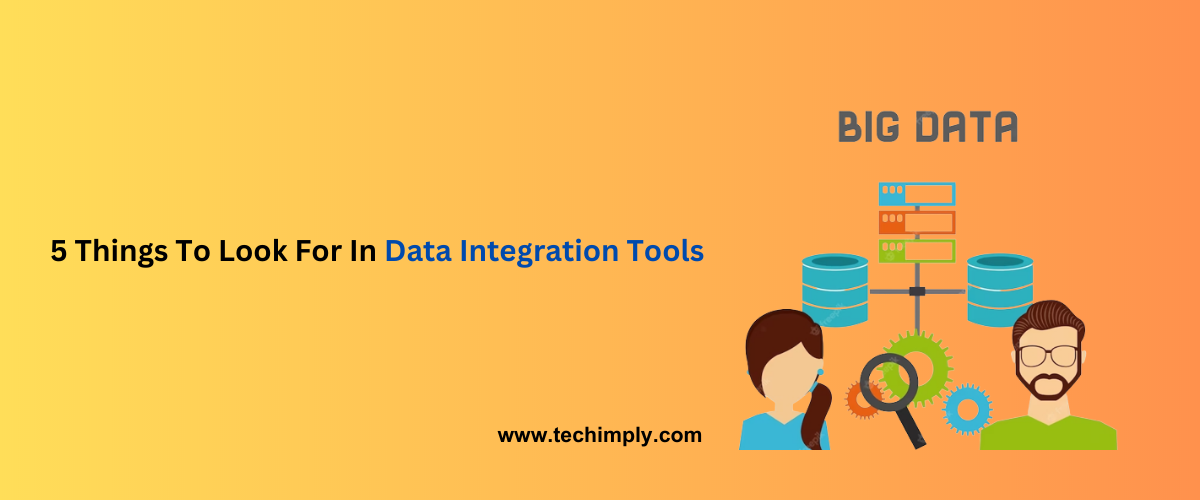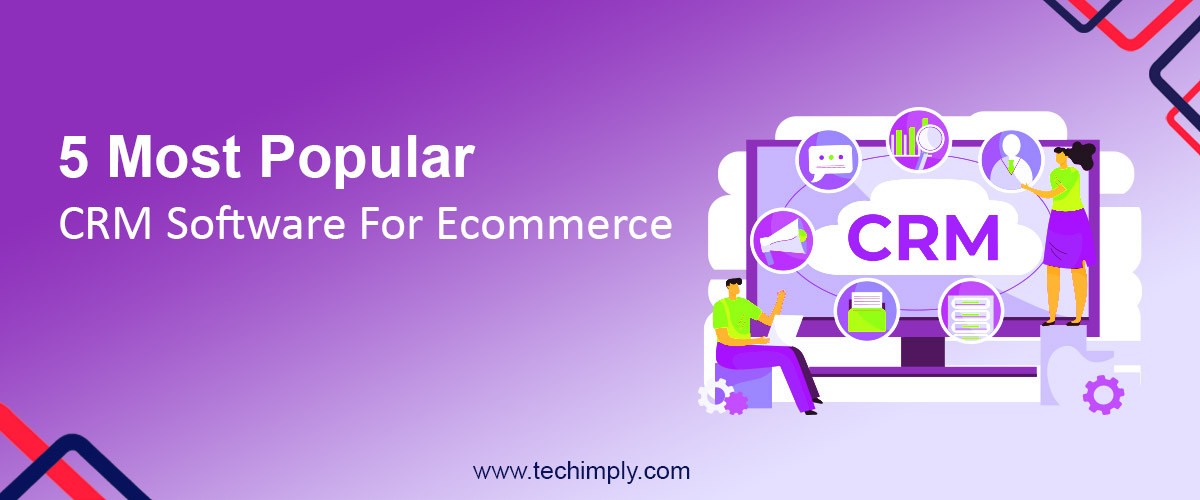When it comes to managing data in today's business landscape, integration is key. By consolidating information from multiple sources and systems, organizations can gain a holistic view of their operations and make more informed decisions. However, integrating data is often easier said than done. That's where data integration tools come in – software applications that facilitate the process of combining and harmonizing disparate data sets.
But with so many options available on the market, how do you know which tool is right for your organization?
In this article, we'll explore five key factors to consider when selecting a data integration tool. From connectivity to scalability, these criteria will help you evaluate different solutions and choose the one that fits your specific needs. Whether you're just starting out with data integration or looking to upgrade your existing tools, read on for expert insights into what to look for in a data integration solution.
Connectivity And Compatibility
As a data integration expert, one of the most important factors to consider when evaluating data integration tools is connectivity and compatibility. This refers to the ability of the tool to connect with various data sources and systems, as well as its compatibility with different types of data.
For example, if your organization uses both cloud-based and on-premises systems, you’ll want to ensure that the data integration tool you choose can easily connect with both types of systems. In addition, if you’re working with large volumes of data, you’ll want to make sure that the tool can handle the volume and won’t cause any performance issues.
Another important aspect of connectivity and compatibility is ensuring that the tool can support different types of data. For instance, if your organization deals with both structured and unstructured data, you’ll want a tool that can handle both. Additionally, if your organization works with multiple file formats such as CSV, XML, or JSON, it’s important to ensure that the integration tool can work seamlessly with these formats.
Scalability And Flexibility
Scalability and flexibility are two crucial factors that businesses must consider when choosing data integration tools. The ability of a tool to scale up or down with growing business needs is essential. Scalability ensures that the tool can handle large volumes of data without compromising performance. It also means that the tool can easily integrate with new systems, technologies, and data sources as they emerge.
Flexibility is equally important since it enables businesses to adapt to changing market conditions quickly. A flexible data integration tool must be able to work with different data formats, protocols, and APIs. It should also allow for customization, automation, and scheduling of tasks based on specific requirements. Furthermore, a flexible tool should offer seamless integration with various cloud platforms such as AWS, Azure, and Google Cloud.
When looking for scalable and flexible data integration tools, businesses must prioritize those that support real-time processing. Real-time processing allows for near-instantaneous processing of data as it flows through the system. This helps organizations make faster decisions based on timely insights from their data. Additionally, real-time processing ensures that businesses can respond quickly to customer demands or emerging market trends.
Automation And Ease Of Use
When it comes to data integration, automation plays a critical role in streamlining the process. As such, one of the key things to look for in a data integration tool is its level of automation. The more automated the tool is, the less manual intervention it requires, which means less room for errors and quicker turnaround times.
Another important consideration when evaluating data integration tools is the ease of use. Ideally, the tool should be easy to set up, configure and operate with minimal technical expertise. This not only makes it accessible to a wider range of users but also reduces training costs and eliminates the need for dedicated IT support.
To ensure maximum efficiency and productivity, there are several features that you should look out for when selecting an ideal data integration tool. These include:
-
Robust scheduling capabilities that enable you to set up automatic workflows at specific intervals
-
A user-friendly interface that allows you to visually map data elements between different sources
-
Support for real-time streaming or near real-time processing
-
Built-in connectors for popular applications like Salesforce, Hubspot, Google Analytics, etc.
-
The ability to handle large volumes of data without compromising performance.
In summary, as a data integration expert, it's essential to consider automation and ease of use when selecting a suitable data integration tool. By focusing on these two factors and incorporating additional features like robust scheduling capabilities and built-in connectors into your evaluation process, you can streamline your operations significantly while minimizing errors and reducing costs.
Data Quality And Governance
Data integration is a complex and challenging process that requires attention to detail at every step. One of the most important aspects of data integration is ensuring the quality and governance of the data. Without proper data quality and governance, organizations run the risk of making bad decisions based on inaccurate or incomplete information. This can lead to lost revenue, decreased efficiency, and damaged reputation.
To ensure high-quality data, it is essential to establish strong data governance policies and procedures. This means developing a framework for managing data assets, defining roles and responsibilities for data management, and establishing standards for data quality. It also involves implementing tools and processes for monitoring data quality on an ongoing basis.
In addition to governance, it's crucial to address data quality issues during the integration process itself. This includes identifying potential sources of errors or inconsistencies in the source data, validating incoming data against established standards, and transforming or correcting data as needed to conform to target system requirements. By taking a proactive approach to managing data quality throughout the integration process, organizations can minimize risks and maximize benefits from their integrated datasets.
Cost-Effectiveness And Return On Investment (Roi)
Looking for a data integration tool can be overwhelming, with so many options available on the market. However, it's important to consider not only the features of the tool but also its cost-effectiveness and potential return on investment (ROI). After all, investing in a data integration tool is an investment in your organization's success.
When evaluating the cost-effectiveness of a data integration tool, consider these three factors:
-
Upfront costs: How much does it cost to purchase and implement the tool? Are there any additional costs for training or support?
-
Maintenance costs: What are the ongoing costs associated with maintaining and updating the tool over time?
-
Time savings: Will using this tool save time for your team? If so, how much time will be saved and what is the value of that time?
Calculating ROI can be more complex, as it involves estimating both the costs and benefits of using a data integration tool over time. However, considering ROI is important because it helps you determine whether investing in a particular tool is worth it in the long run.
Some potential benefits to consider when estimating ROI include:
-
Increased efficiency: A good data integration tool should streamline workflows and reduce manual labor.
-
Better decision-making: Access to integrated data can help organizations make better-informed decisions.
-
Improved customer satisfaction: With better access to data across departments, organizations can provide better customer service.
Ultimately, finding a cost-effective data integration solution with a strong potential ROI requires careful consideration of multiple factors beyond just features alone. By taking into account upfront and maintenance costs as well as potential benefits over time, organizations can make informed decisions that set them up for long-term success without breaking their budgets.
Conclusion
When it comes to selecting data integration tools, there are several key factors that should be considered. As a data integration expert, I recommend looking for solutions that offer connectivity and compatibility with your existing systems. This ensures seamless data transfer and reduces the risk of errors or delays.
Scalability and flexibility are also important considerations, particularly if you anticipate future growth or changes in your business needs. Automation and ease of use can save valuable time and resources, while ensuring accuracy and consistency. Additionally, prioritizing data quality and governance can help avoid costly mistakes or compliance issues. Finally, cost-effectiveness and return on investment (ROI) should not be overlooked when evaluating different options. By carefully weighing these factors, you can select the best data integration tools for your organization's unique requirements.




.png)

